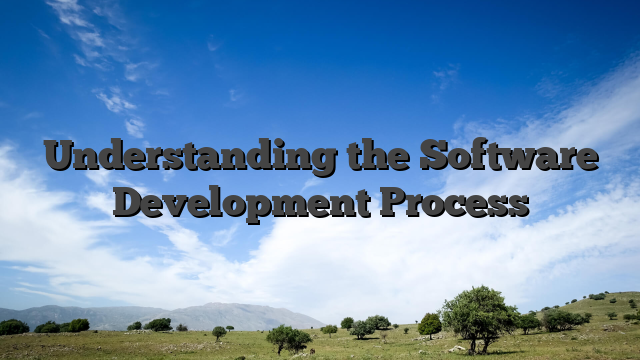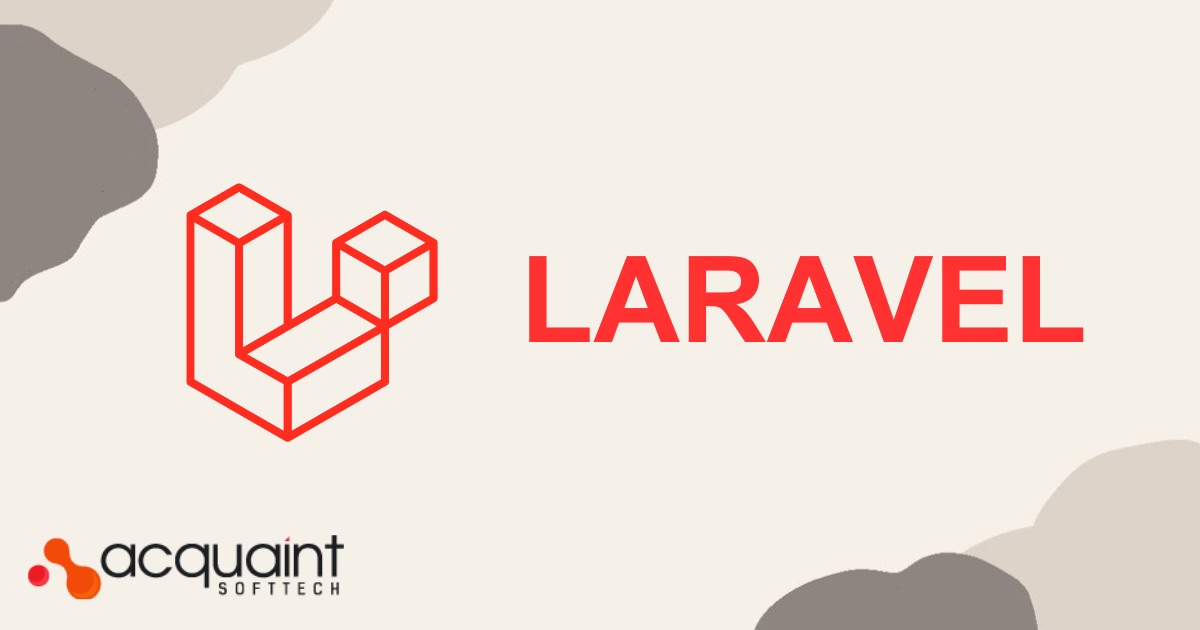Understanding the Software Development Process
Software development is a multifaceted and intricate procedure that encompasses various stages and methodologies. It is the systematic and methodical approach to conceiving, designing, programming, testing, and deploying software. The software development process is pivotal in translating conceptual ideas into tangible, functional, and high-quality applications that meet the diverse needs and expectations of users. It involves strategic planning, careful execution, and a structured approach to ensure the successful creation of software.
What is Software Development Process?
The Software Development Process is the systematic approach utilized by software engineers and development teams to build and deploy software applications. It encapsulates a series of stages, methodologies, and frameworks, guiding the progression of an idea from conceptualization to a fully operational software product. It essentially involves defining, designing, developing, testing, and deploying the software in a manner that aligns with the goals, requirements, and expectations of clients and end-users.
The Need for a Software Development Process
The need for a structured Software Development Process stems from the complex nature of software development and the multifaceted requirements involved in building successful, high-quality software applications. It serves as a critical framework that brings organization, efficiency, and precision to the entire development cycle.
Organization and Streamlining Efforts:
Software development involves numerous stages, tasks, and team members. A structured process serves as a roadmap, guiding teams through the various phases, ensuring that everyone is aligned and working towards common objectives. It helps in organizing tasks, roles, responsibilities, and resources, streamlining the efforts of developers, designers, testers, and other stakeholders involved in the project.
Efficiency and Error Reduction:
The systematic nature of a Software Development Process helps in reducing errors and minimizing the chances of overlooking crucial tasks. It provides a step-by-step approach, ensuring that all stages, from planning to deployment, are meticulously followed, decreasing the likelihood of mistakes or missed requirements.
Project Timelines and Budget Adherence:
A structured process aids in better estimation of project timelines and resource allocation. By clearly defining project milestones and deliverables, it enables better control over the project’s timeline and helps in adhering to budgetary constraints. It assists in realistic scheduling of tasks and managing resources effectively.
Client Expectations and Quality Assurance:
Meeting client expectations and ensuring a high-quality end product are crucial in software development. A structured process ensures that the final software product aligns with the client’s requirements and is thoroughly tested for quality and functionality. It facilitates the incorporation of client feedback throughout the development cycle, leading to a more user-centric and satisfactory end product.
Resource and Team Management:
Effective resource and team management are vital in software development. A structured process aids in managing resources, such as human resources, time, and infrastructure, in an efficient manner. It defines clear roles and responsibilities, leading to effective team collaboration and minimized conflicts or misunderstandings.
Read More – Singapore Software Development Company
Change Management and Adaptability:
Software development is an evolving process, often subject to changes and iterations. A structured process provides a framework that accommodates changes. Agile methodologies, in particular, embrace change and adaptability, allowing for more flexibility and responsiveness to evolving project needs.
Meeting Regulatory and Compliance Standards:
Many industries have stringent regulatory and compliance standards. A structured software development process ensures that the software aligns with these standards. It facilitates documentation, transparency, and adherence to legal and regulatory requirements, minimizing risks and ensuring compliance.
What is PDLC (Product Development Lifecycle)?
The Product Development Lifecycle (PDLC) is the comprehensive journey from the inception of an idea to the final deployment of a software product. This cycle typically encompasses the conceptualization phase, market analysis, product planning, development, testing, deployment, and ongoing maintenance. It involves meticulous planning, rigorous development processes, quality assurance, and continuous improvement to deliver a high-value, user-centric software product.
What is SDLC (Software Development Lifecycle)?
The Software Development Lifecycle (SDLC) is a structured approach to software development that covers various stages from the initial concept to the final deployment and maintenance of the software. It typically includes planning, analysis, design, development, testing, deployment, and ongoing maintenance. This cycle ensures that the software is developed efficiently, adheres to quality standards, and meets user requirements.
Software Development Methodologies
Software development methodologies are frameworks or approaches used to structure and control the software development process. Two prominent methodologies are the Waterfall model and the Agile model.
What is the Waterfall Model?
The Waterfall model is a traditional, linear, and sequential approach to software development. It progresses through distinct, non-overlapping phases, with each phase being completed before moving to the next. The rigid structure of this model follows a fixed sequence: requirements, design, implementation, testing, deployment, and maintenance. It is best suited for projects where the requirements are well understood and changes are less likely to occur.
What is the Agile Model?
In contrast, the Agile model is a more flexible and iterative approach to software development. It emphasizes adaptive planning, evolutionary development, early delivery, and continuous improvement. This methodology breaks the project into smaller increments and iterations, known as sprints, and welcomes changes even late in the development process. Agile promotes collaboration, adaptability, and responsiveness to change, allowing for greater flexibility and customer involvement throughout the development process.
Read More – Software Development Company
Benefits of Agile Development
Agile development offers a multitude of benefits compared to traditional methodologies. It permits adaptability and changes in requirements, fosters continuous customer collaboration, and emphasizes incremental and iterative development. By encouraging adaptive planning, iterative development, and rapid and flexible responses to change, Agile development enhances project transparency and encourages collaboration and feedback, resulting in increased customer satisfaction and a higher-quality end product.
In conclusion, the Software Development Process is a critical aspect of software engineering, encompassing a variety of methodologies and lifecycles. Choosing the right methodology, whether following a structured Waterfall model or embracing the adaptability of Agile development, significantly influences the success and efficiency of software development projects. The well-thought-out selection of an appropriate methodology, aligned with the project’s requirements, aids in developing robust, high-quality software applications that meet the demands and expectations of users and clients.
For more such update stay connected with us and get latest updates on technology




